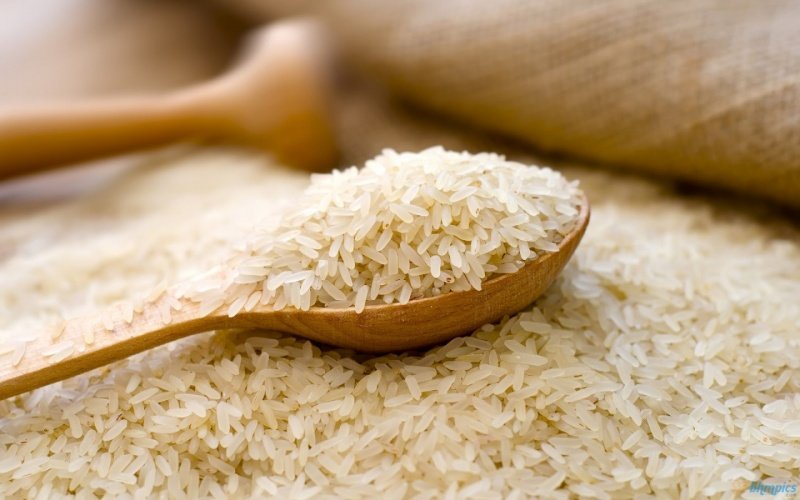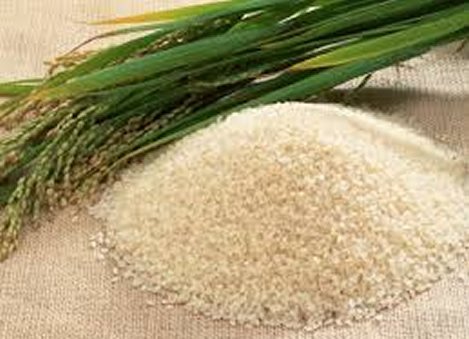Top 10 Rice Consuming Countries in the World
Rice is a staple food for more than half of the world’s population, playing a crucial role in the diet of billions of people. Understanding the global consumption patterns of rice is essential for students preparing for government exams, especially those targeting positions in agriculture, economics, and international trade sectors. This article explores the top 10 rice-consuming countries, providing insights into their consumption patterns and the implications for global food security.
Major Rice Consuming Nations
Rice consumption is highest in countries with large populations and cultural diets heavily reliant on rice. The top ten rice-consuming countries include China, India, Indonesia, Bangladesh, Vietnam, Philippines, Thailand, Burma, Japan, and Brazil. These nations collectively consume the majority of the world’s rice production, driven by their large populations and traditional dietary preferences.
China: The Largest Consumer
China leads the world in rice consumption, with an annual intake of approximately 144 million metric tons. This massive consumption is driven by the country’s vast population and rice being a central part of Chinese cuisine. The Chinese government has implemented various policies to ensure rice production meets the domestic demand, which is critical for food security and economic stability.
India: Close Second
India ranks second, consuming around 104 million metric tons annually. Rice is a staple food in many Indian states, particularly in the southern and eastern regions. The Indian government supports rice production through subsidies and minimum support prices to ensure affordability and availability.
Southeast Asia: A Rice Bowl
Countries in Southeast Asia, including Indonesia, Bangladesh, Vietnam, Philippines, and Thailand, are significant consumers of rice. These nations have high per capita rice consumption rates, with rice being a primary source of calories. Government policies in these countries focus on boosting rice production and ensuring stable supply chains to meet the growing demand.
Japan and Brazil: Significant Consumers Outside Southeast Asia
Japan and Brazil, though not as populous as China or India, are notable consumers of rice. In Japan, rice is a traditional food, and consumption is supported by domestic production and government policies that protect local farmers. In Brazil, rice is a dietary staple, particularly in the northeastern regions, and the country has developed its rice cultivation sector to meet domestic needs.

Why This News is Important
Relevance to Global Food Security
Understanding the rice consumption patterns of the top-consuming countries is crucial for global food security. These nations’ consumption trends impact global rice prices and availability, influencing food policies and international trade dynamics.
Agricultural and Economic Policies
For students preparing for government exams, knowledge of rice consumption is vital for understanding agricultural and economic policies. Countries with high rice consumption often have specific policies to support rice farmers and stabilize prices, which can be a focus area in exams.
Exam Preparation for Agricultural and Economic Sectors
Candidates targeting careers in agriculture, economics, or international trade must be aware of these consumption patterns. Questions related to food security, agricultural subsidies, and international trade agreements often feature in competitive exams, making this knowledge indispensable.
Historical Context
Evolution of Rice Cultivation
Rice cultivation has a long history, with its origins tracing back to China around 8,000 years ago. Over centuries, rice farming spread to other parts of Asia, becoming a staple crop in countries with suitable climates. The Green Revolution in the mid-20th century significantly boosted rice production through the introduction of high-yield varieties and advanced farming techniques.
Impact of Economic Development
Economic development in countries like China and India has influenced rice consumption patterns. Urbanization and rising incomes have led to changes in dietary habits, with increased demand for diverse rice varieties and processed rice products. Government policies have adapted to these changes, focusing on enhancing productivity and ensuring food security.
Role in Cultural Practices
Rice is not just a dietary staple but also an integral part of cultural practices and traditions in many countries. Festivals, rituals, and daily meals in countries like India, Japan, and Thailand often center around rice, highlighting its cultural significance.
Key Takeaways from Rice Consumption Patterns
| Serial Number | Key Takeaway |
|---|---|
| 1 | China is the largest consumer of rice, with 144 million metric tons annually. |
| 2 | India ranks second, with an annual consumption of 104 million metric tons. |
| 3 | Southeast Asian countries have high per capita rice consumption rates. |
| 4 | Government policies in top-consuming countries focus on supporting rice farmers and stabilizing prices. |
| 5 | Understanding rice consumption patterns is crucial for preparing for government exams in agriculture and economics sectors. |
Important FAQs for Students from this News
What are the top 10 rice-consuming countries in the world?
The top 10 rice-consuming countries are China, India, Indonesia, Bangladesh, Vietnam, Philippines, Thailand, Burma, Japan, and Brazil.
Why is rice consumption important for global food security?
Rice is a staple food for more than half of the world’s population. High consumption rates in populous countries significantly impact global food security, prices, and availability.
How does rice consumption affect agricultural policies?
Countries with high rice consumption often implement policies to support rice farmers, stabilize prices, and ensure a steady supply. These policies are crucial for maintaining food security and economic stability.
What role does rice play in cultural practices?
In many countries, rice is not only a dietary staple but also an integral part of cultural traditions, festivals, and rituals, highlighting its cultural significance.
How has economic development influenced rice consumption?
Economic development, especially in countries like China and India, has led to changes in dietary habits and increased demand for diverse rice varieties and processed products. Government policies have evolved to support these changes and ensure food security.
Some Important Current Affairs Links


















